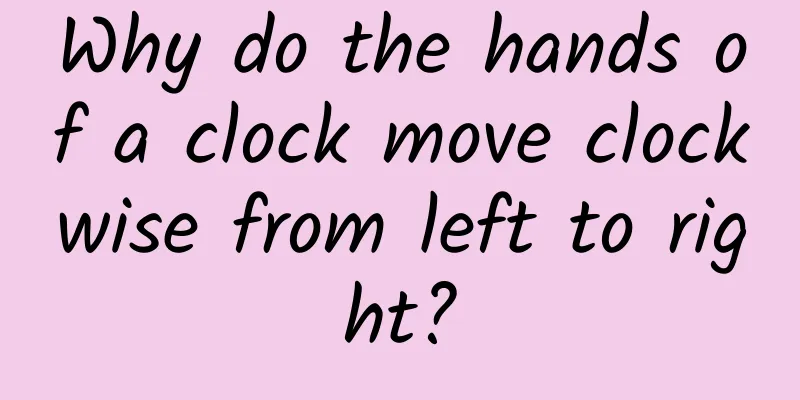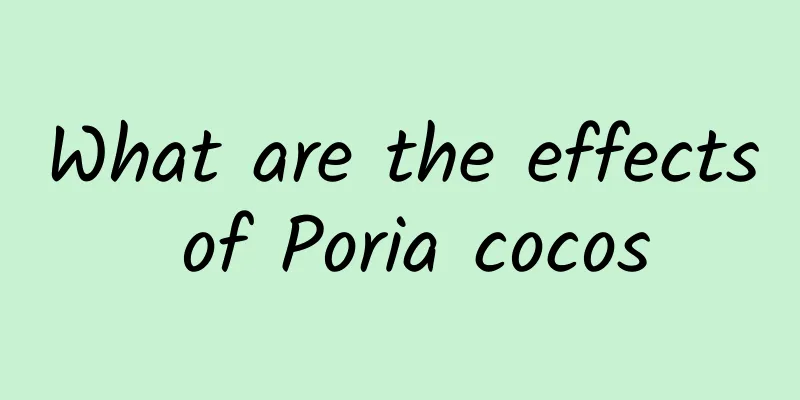Why do the hands of a clock move clockwise from left to right?

|
All clock hands rotate from left to right, so we use it to indicate the direction of rotation. So why do clocks rotate from left to right? Whether it rotates forward or backward, doesn't one rotation take 12 hours? This has to start with the predecessor of the clock. Before the advent of the clock, people used a timekeeping tool called a sundial. The sun is the sun, and the sundial is the shadow. The sundial uses the sun's shadow to indicate the time. The sundial looks quite similar to our current clocks. The sundial also has a dial called a dial with scales on it, and a sundial needle to indicate the time. However, the sundial needle itself does not move, and the pointer that actually moves with time is its shadow. The shadow is naturally at odds with the sun. When the sun is in the east, it faces west, and when the sun is in the west, it faces east. When the sun is high, the shadow is short, and when the sun is low, the shadow is long. Therefore, as the sun rises in the east and sets in the west during the day, the shadow will change direction and length, and the ancients used this change to determine time. Equatorial sundial in the Forbidden City in Beijing. 39°54′57″N116°23′25″E The sundial style points to true north, and the angle with the horizon is the local geographic latitude. When the sun is at its highest point in a day, that is, when the shadow is the shortest, everyone determined this time and gave it a name, which is what we now call 12 noon. Since sunlight only shines directly on the equatorial region, only people living there can see the sun rising directly above their heads, and we can only look at the sun on the equator. So in our northern hemisphere, the equator is in the south, and the sun is also in the south. At noon, the sun is located due south, and the sun's shadow points to the north. So, the movement of the pointer shadow on the sundial is like this: in the early morning, the sun rises from the east, and the shadow points to the west. As the sun gradually rises, the shadow slowly moves to the north, and at noon, the shadow points to the north. Then, as the sun slowly moves, the shadow gradually moves to the east. From west to north, and then from north to east, the shadow rotates from left to right. As the spiritual descendant of the sundial, it is not surprising that the clock chooses the same rotation direction. On the sundial in Perth, Australia, in the southern hemisphere, you can see that the time mark rotates counterclockwise. It should be noted that the time read out should be corrected by referring to the equation of time chart. Some children may ask, the sun is in the north at noon in the southern hemisphere, and the shadow moves from west to south and then to east, which is the opposite of the northern hemisphere. Why are their clocks the same as ours? This is because the clocks we use now were invented by people in the northern hemisphere. If they were popular in the southern hemisphere, they might be different. |
<<: What is the fastest growing plant in the world?
>>: Why are the lotus seeds I eat not sweet and delicious at all? I finally found the reason
Recommend
Side effects of long-term consumption of Cistanche deserticola
We all know that side effects refer to normal rea...
The error is no more than 1 second in hundreds of millions of years! Who gave the atomic clock such "terrifying" accuracy?
What is the principle of atomic clocks? How do th...
Magical kitchen waste degradation black technology
This is what you have seen in kitchen waste... Su...
How much is the dosage of Poria?
I believe that everyone must be unfamiliar with P...
The efficacy and role of snuff[picture]
The medical value of snuff [picture] is beyond ou...
What are the effects and functions of Garcinia Cambogia
There are many plants in our lives that we don’t ...
Functions and effects of Pupuding
Dandelion, also known as dandelion, is a common p...
Why is it still so cold in spring? It turns out it’s all because of the late spring cold snap!
Mixed Knowledge Specially designed to cure confus...
What are the differences between Centella asiatica and Centella asiatica and their medicinal characteristics?
Both Houttuynia cordata and Centella asiatica are...
Ibuprofen, the pain "savior", are you really familiar with it?
Author: Jiang Wei Xi'an Medical College Zhou ...
Do you know the effects and functions of red and white peony root?
Although peony is a kind of flower, it is also a ...
The efficacy and function of blunt tooth green pod leaves
We know that there are many kinds of Chinese medi...
The efficacy and function of Niuxixi
As a traditional Chinese medicine, Niuxixi provid...









